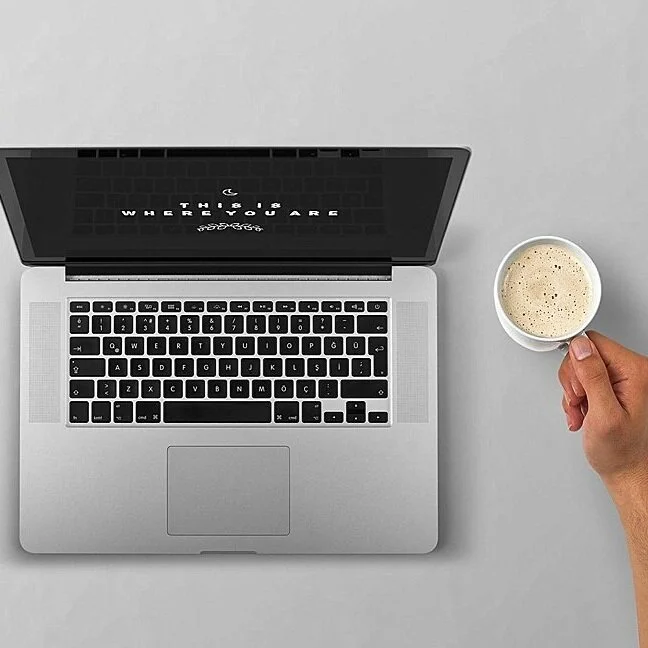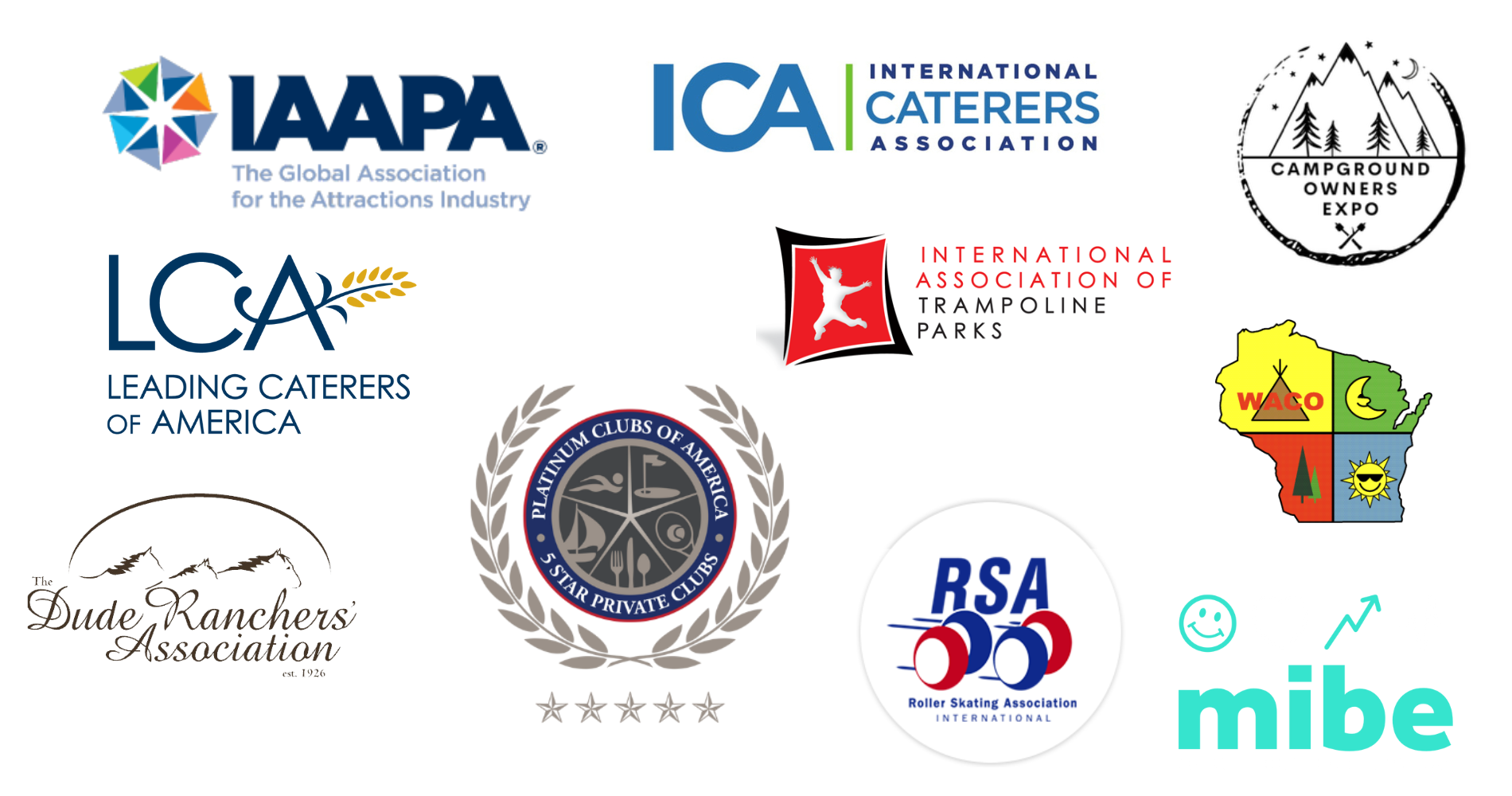What You Can Do to be Business Savvy Right Now
/One of the smartest things to do right now (and what we see many business owners doing) is to sit down and begin re-evaluating your business. Plain and simple, this is the ideal time to take what you’ve learned and are still learning through this difficult time and begin applying it to both the present and the future.
There are many in the catering industry that are using this time to panic, and rightfully so, considering the wrench that has been thrown in our plans for event season. However, panicking is not going to serve your business well, nor will clients feel comfortable looking to you for guidance.
So, let’s break it down. How can you use this downtime effectively, and what can you do to ensure that you’ll come out stronger on the other side of this?
Read More






